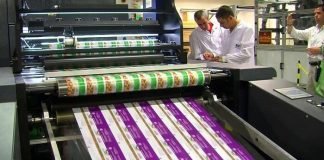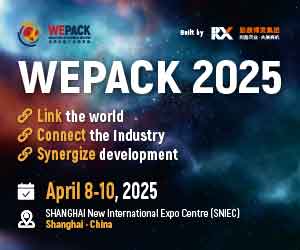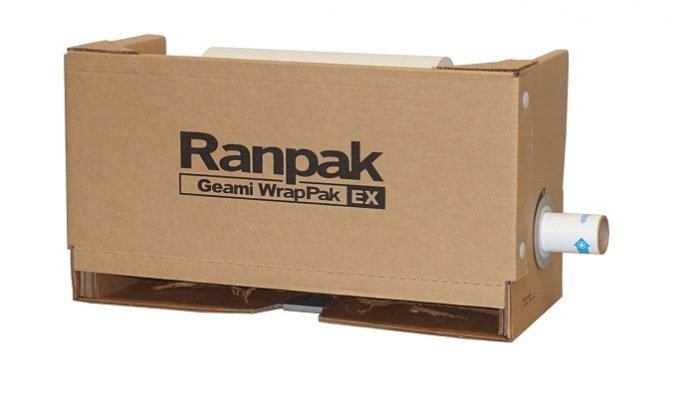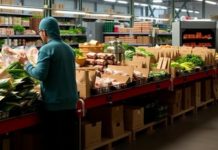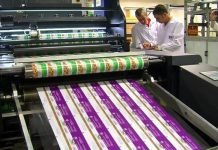Ranpak has upgraded its Cut’it! EVO automated in-line packaging machine by adding three new artificial intelligence (AI)-powered vision tools.
The enhanced packaging machine with these digital tools are expected to provide ROI to end-of-line (EOL) packaging applications. These tools include Ranpak Precube’it!, DecisionTower and Ranpak Connect, which are designed to expedite the ROI already delivered by Cut’it! EVO.
Ranpak Precube’it! simulates machine utilisation and box fill rates for future situations using previous site order data. The tool optimises and consolidates the variety of box sizes that must be kept on hand, lowering the quantity of corrugated material needed by selecting the appropriate design and size boxes for each parcel.
Additionally, it can be used to cut down on the quantity of split shipments. Precube’it! is said to provide more accurate analysis with actionable insights than other technologies that usually calculate using liquid volume.
DecisionTower uses a blend of artificial intelligence (AI)-supported 2D and 3D computer vision technologies for precise void filling, order insights, and quality control.
The digital tool is intended to direct the void fill converter to dispense the proper quantity of paper for every individual box.
This maximises packing material utilisation and dimensioning, US-based Ranpak claimed. In addition, the use of AI and machine learning algorithms aid the solution to offer increased precision for all applications.
Ranpak Connect is said to offer a comprehensive overview of machine performance and utilisation in daily reporting on metrics like uptime and downtime root causes.
The solution has an embedded camera to facilitate performance assessments and detect maintenance and training needs before the need for escalation, the packaging solutions provider said.
Ranpak Automation global managing director Bryan Boatner said: “We are pleased to be presenting these uniquely integrated digital EOL packaging solutions to the marketplace, in order to support increased efficiency within warehouses combined with a more sustainable EOL packaging experience.
“Our perspective is that as packing operations look to gain efficiencies, EOL packaging automation, rather than an afterthought, should actually be where companies begin their automation process.”


